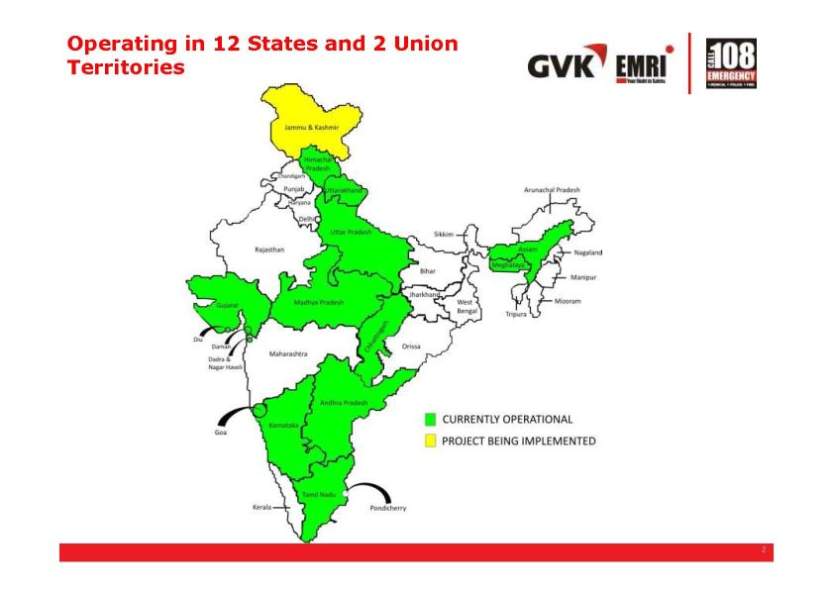It is a myth that stroke occurs only in elderly individuals. Although less common, infants and children can be affected with stroke.
How common are strokes in children?
Stroke occurs in about 1 in every 4000 live births across the world. Population based statistics are not available for India, however, stroke is one of the leading causes of disability and death in children as well. About 50%-80% of children with stroke are left with permanent neurological deficits such as paralysis of arm, leg, cognitive impairment, speech disturbance, etc
What are the causes of stroke in children?
The risk factors for stroke in children are different from those in adults. Common risk factors include
- Heart disease
- Dehydration
- Head and Neck infections
- Trauma
- Moyamoya disease
- Systemic conditions such as inflammatory bowel disease
- Maternal infection in the fluid around the fetus
- Premature rupture of membranes during pregnancy
- Pregnancy related high blood pressure
What are the effects of strokes in children?
- Sudden onset of severe, progressive headache
- Eye movement problems or complete or partial loss of vision
- Sudden numbness or weakness in the face, arm or leg (especially on one side of the body)
- Difficulty speaking or understanding words or simple sentences
- Difficulty swallowing
- Dizziness, loss of balance or lack of coordination
- Loss of emotional control and changes in mood.
- loss of consciousness, seizures
- Sudden inability to move part of the body (paralysis)
- Behavior changes or personality changes, improper language or actions.
Will my child get better?
- Prompt identification, treatment of complications and prevention of another stroke is the cornerstone of treatment of a child with stroke. The clot busting drug tPA is not generally recommended in children as its efficacy has not been studied in this population.
- Recovery from stroke is different with each child.
- In general, most young people will recover more abilities than older people will.
- Children often recover the use of their arms and legs and their ability to speak after a stroke.
List of specialists involved in management of a child with stroke
- Pediatrician - a child health specialist, can often help coordinate multiple issues with child’s general health
- Rehabilitation Specialists - includes doctors such as physiatrists and pediatricians with expertise in child rehabilitation
- Speech Language Therapist - for assessment and help with speech or language challenges
- Neuropsychologist - for assessment and help with learning and education needs
- Psychologist - can assist with the psychological stresses in both child and family that are common in child stroke
- Orthopedic Surgeon - expert in the “mechanical” complications of stroke such as tightness in the arm or leg that might be helped by surgery
- Hematologist - a blood specialist who helps with testing for blood clotting disorders or occasional rare causes of stroke in children
- Neonatologist - a pediatrician expert in newborn care is usually involved early in the care of children diagnosed with acute neonatal strokes
- Neurosurgeon - occasionally involved when certain types of stroke can be helped with surgical procedures




/cdn0.vox-cdn.com/uploads/chorus_asset/file/3439174/PM25-QG-Map-Color.0.png)